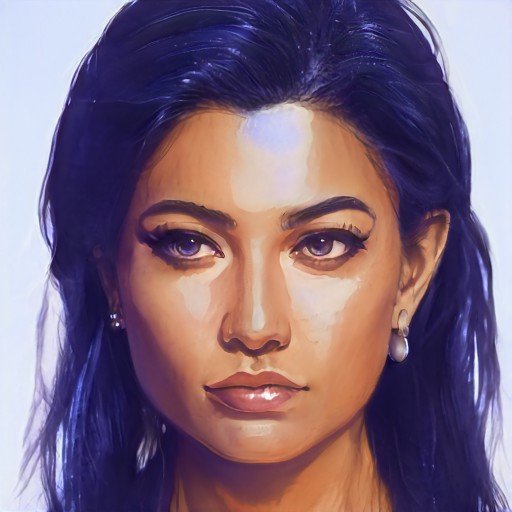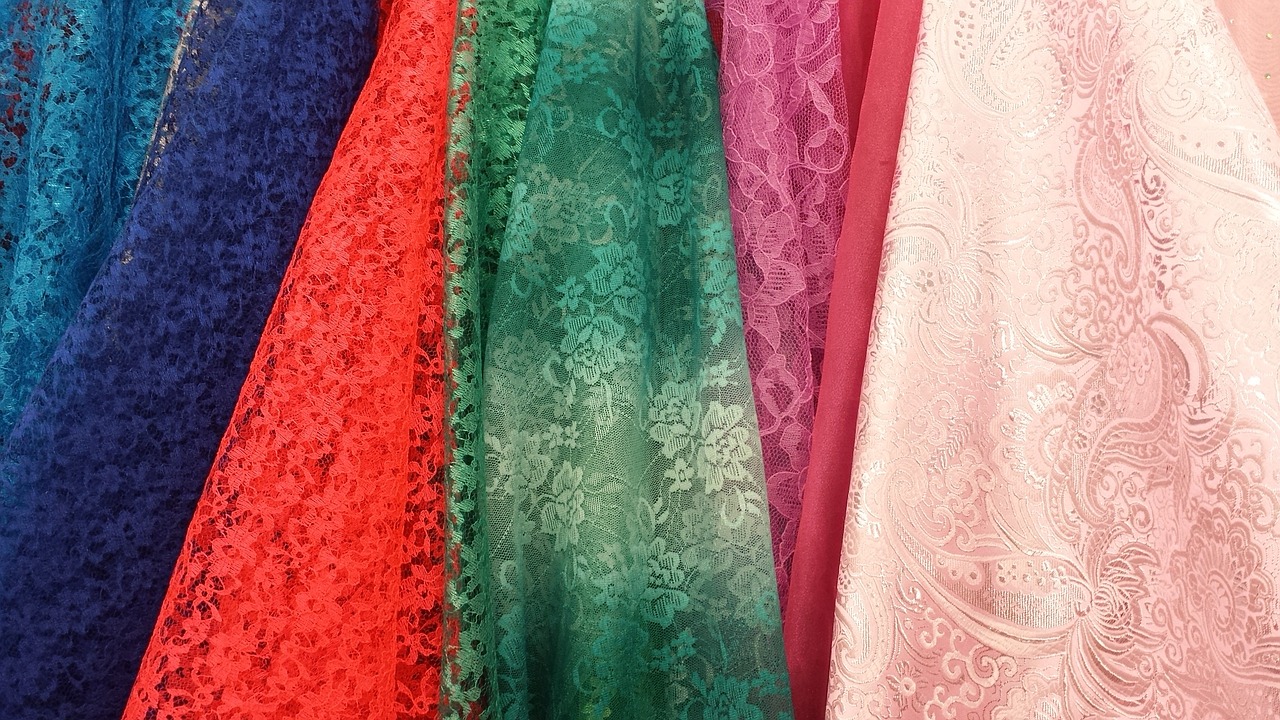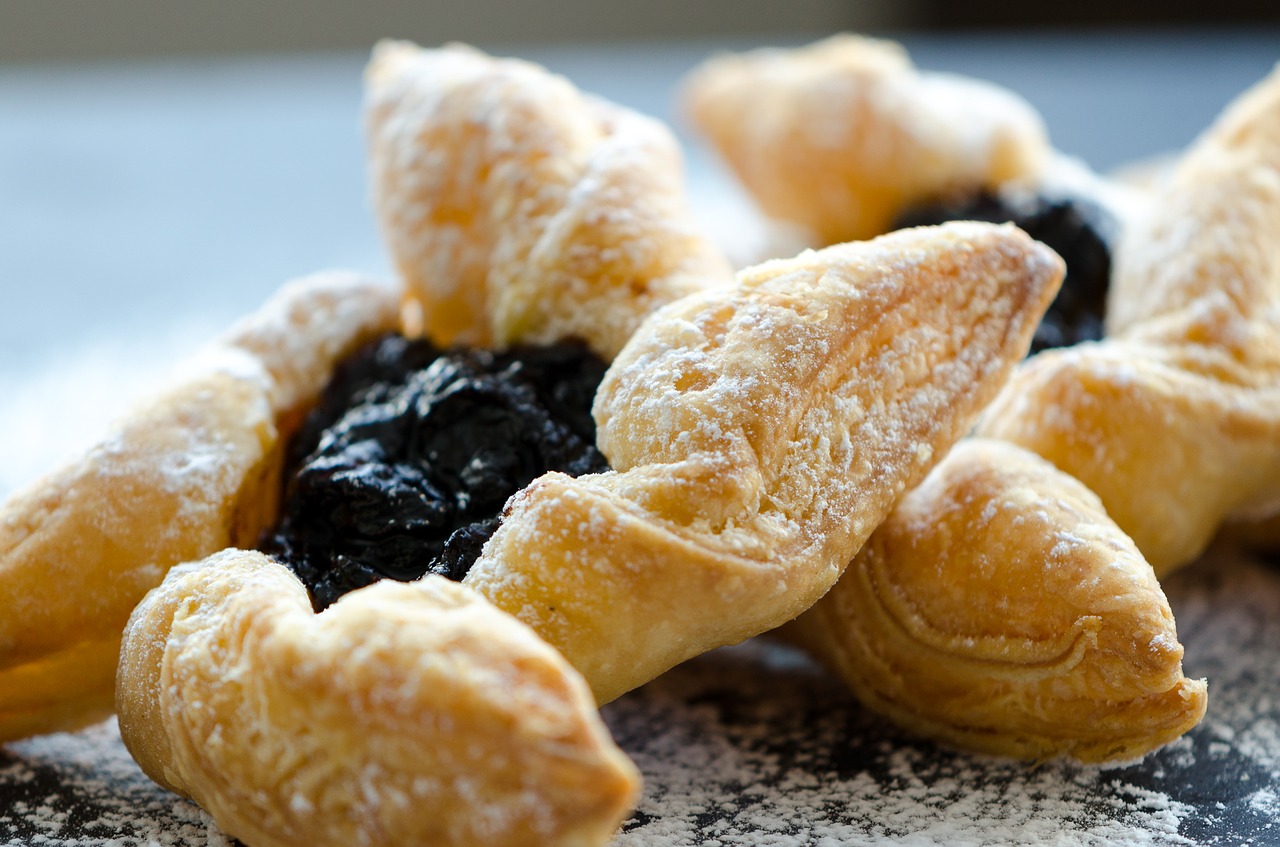Othkaen
Naming Traditions
Other names
Othkaen names have two parts: a birth name and a personal name.
The birth name is chosen by the child's parents and is used up until the child's fifteenth birthday when they will choose their own personal name. From that day on, the personal name and birth name are used together as one.
They two are hyphenated with the personal name first. For example, a child named Mitr who later chose the name Sarach would be known as Sarach-Mitr.
Othkaens do not use family names.
Culture
Shared customary codes and values
Common Dress code
Art & Architecture
Othkaens have a strong love of color, and that love is displayed vividly in their art. Most art is created using colored sands, chalk, or washable paint. Othkaens view art as a means of self expression, and just as people constantly change, art should as well. Very few pieces are meant to last longer than a few days before they are washed away and replaced. Othkaen statues or canvas paintings are nearly unheard of.
Coming of Age Rites
An Othkaen makes the transition from childhood to adulthood on their fifteenth birthday. Their family and friends will throw an enormous dinner to celebrate the occasion. Here, the young adult will formally announce their personal name and be officially recognized as an adult.
Funerary and Memorial customs
When a person dies, they are cremated and their ashes are mixed with colored sand and placed in a small jar. Wealthy families will sometimes place a piece of silver jewelry in the jar as well. The jar is then buried, often in a place that was sentimental to the deceased.
Ideals
Gender Ideals
Othkaens use four genders: woman (she/her), man (he/him), non-binary (they/them), and neutral (xe/xer). The xe/xer pronouns are used to refer to someone whose gender the speaker doesn't know or any child under the age of four. Some people choose to use the neutral pronouns throughout their life as well.
Courtship Ideals
Children under fifteen are strictly forbidden from participating in any remotely romantic activity, but after coming of age a young fifteen year old adult is expected to immediately begin courting. Young people are encouraged to marry for love, but also to find a partner quickly. Othkaens usually get married at sixteen or seventeen.
The family is heavily involved in the process, often suggesting and evaluating possible partners. Ultimately though, the decision is up to the individual.
Othkaen weddings are elaborate evening celebrations that are attended by dozens of friends and family. At the beginning of the night, the couple will share a plum and orange filled pastry known as a Lovers' Star, which marks the official beginning of their marriage. Afterwards, the rest of the evening is filled with dancing, music, drinks, and much more food.

Life is short, so live it vibrantly
Feminine Names
Apasiri, Chalida, Intira, Jintara, Kanya, Kessarin, Laila, Maylada, Parinya, Praya, Rasri, Rhatha, Savika, Sinitta, Sririta, Tata, Urassaya
Masculine Names
Apirak, Chakrit, Harit, Jirayu, Joni, Kan, Lor, Mitr, Nadech, Nat, Perawat, Phai, Rathavit, Santi, Saran, Somlek, Tanit, Thanat, Uttsada
Remove these ads. Join the Worldbuilders Guild










